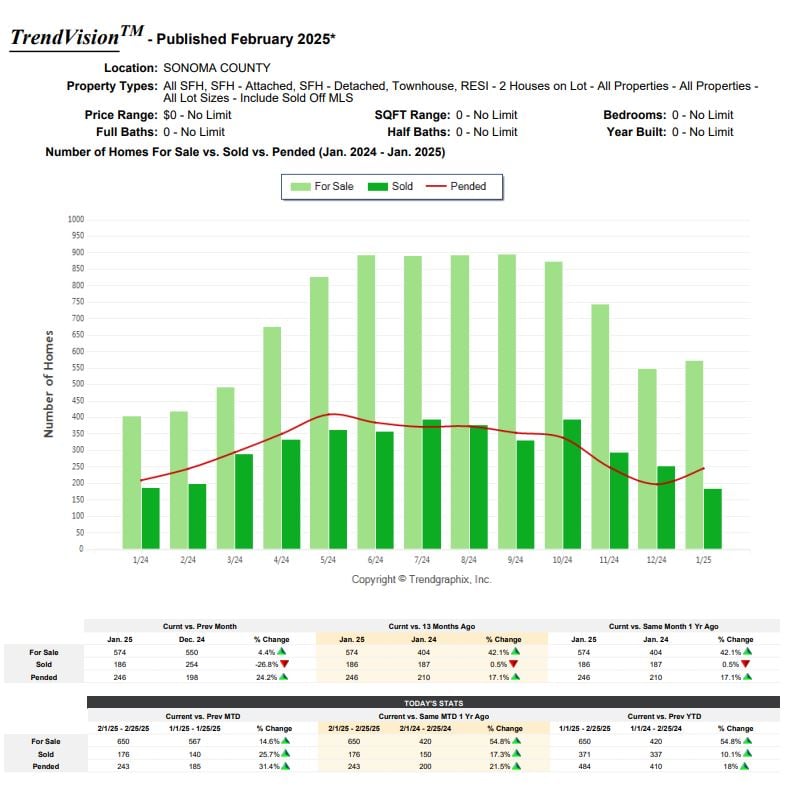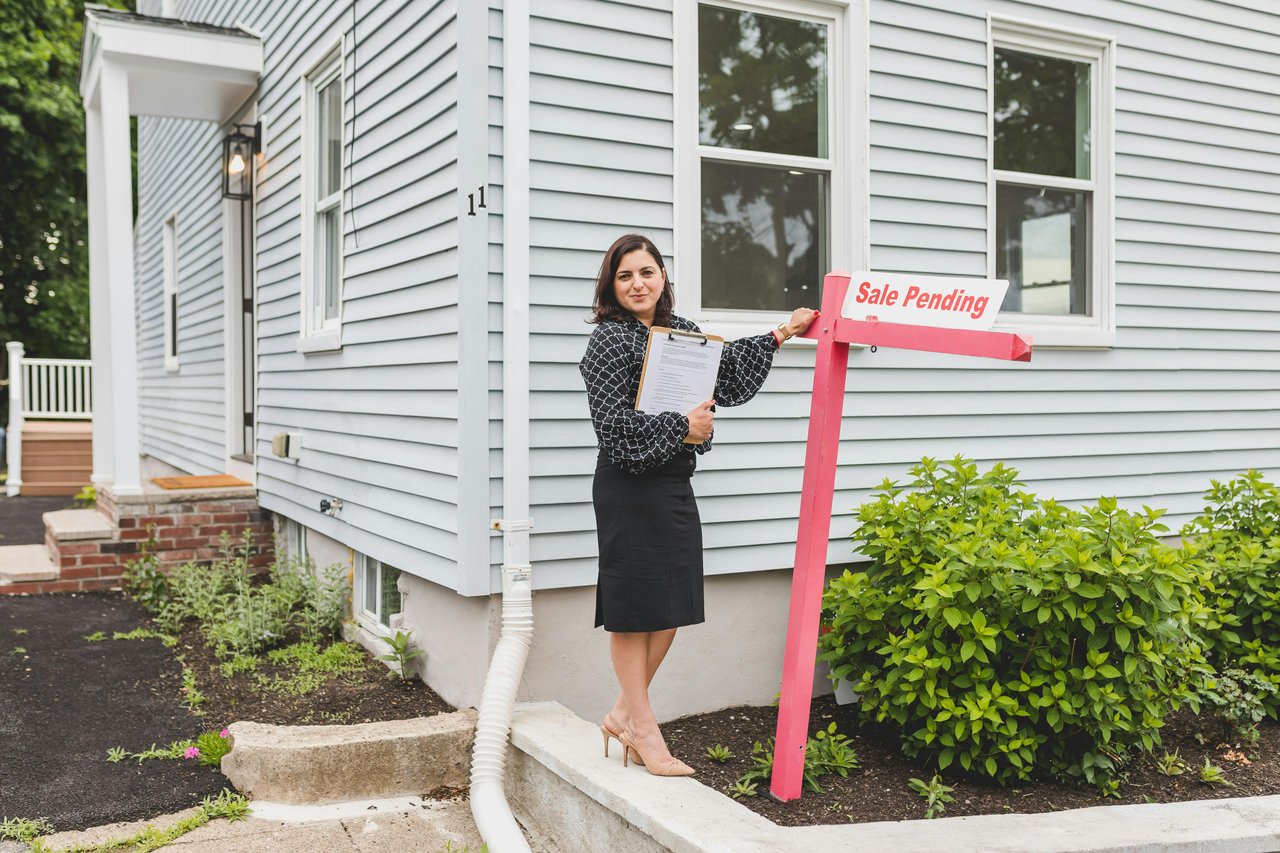


Are the Markets FED-up?
Historically, we have not lived through a period like we have in the last six months where the Federal Reserve has raised interest rates over 400 basis points so rapidly as it works to abate the mess created by the “free-money” supply that was pushed into our world as governments scrambled to find a solution to the Pandemic shutdown policy they established. It certainly helped people weather the storm of fear but will also have far reaching implications, some that we don’t even know yet. As interest rates have elevated dramatically we have seen it impact the demands of buyers while also now realizing that anyone who had a mortgage was able to reset their carrying costs to such a point that those assets may never come for sale in the future – thereby inhibiting future inventory levels.
According to BAREIS MLS, Sonoma County had exactly 665 single-family homes left for sale at September’s conclusion – 30 percent fewer than this same period last year. Sellers delivered 285 new listings to the market during the month – 42 percent less than in 2021 - while buyers gained control of another 306 new deals – 45 percent off from a year earlier due to “summering buyers”, higher interest rates and a third less options for buyers to select from. In support of these metrics, completed sales tipped the scales at 337 this last month – 37 percent fewer than the prior year.
The continued pace of the markets can be measured by the months’ supply of inventory (MSI) and, with the Federal Reserve aggressively trying to dampen demand by raising the cost of money MSI has risen from its depths of 1.2 in December to 2.0 as of last month – still indicative of a seller’s market though with buyers being able to have more influence on the terms of a sale.
MSI is the metric that indicates the number of months it would take to sell the current inventory at the current rate of sales. An MSI ranging from 4.0 to 6.0 is indicative of a balanced market, with lower numbers increasingly favoring sellers and vice versa.
Getting down to the details in the town of Sonoma, which submarket includes the hamlets of Kenwood and Glen Ellen, there were 94 homes reported for sale as September ended – 24 percent less than this same period a year ago. This region experienced the addition of just 24 new listings during the period – 47 percent fewer than last year - while buyers garnered accepted contracts on 26 more properties. Sellers in the valley awarded keys to 34 new homeowners – 33 percent off from a year earlier – allowing MSI to hold at 2.8.
Healdsburg witnessed 13 new listings arrive to the market last month – 52 percent fewer than in 2021. Buyers absorbed 11 homes in new deals while sellers closed out another 12 transactions leaving this submarket with 51 homes for presentation to buyers in October, along with an MSI now at 4.3 – effectively a market in balance.
Petaluma’s Westside attracted just 16 new sellers in September which allowed available inventory to kick-off the new month with 40 homes for buyers to select from. Home seekers grabbed 22 new deals in the period while sellers closed out 16 purchases allowing MSI to rise to 2.5.
Sebastopol wrapped up September with 41 available homes for buyers to consider inclusive of the 12 additional offerings unveiled during the period. Home shoppers placed 25 more dwellings into contract while sellers completed 22 sales causing MSI to hold at 1.9.
Windsor property owners delivered another 19 new listings in September while buyers captured 15 deals during the period. Sellers closed out 25 more transactions leaving 32 single-family homes available for buyers to peruse in October while highlighting an MSI settling back to a more seller-favorable reading of 1.3.
Will inventory levels rise? Likely not until next Spring considering the holidays in front of us and what we have historically experienced during this time of year. Since homes are just not investments, they are where we live, it may take life events – death, births, divorce, job changes – that force inventory into the marketplace rather than the decisions of consumers just wanting to make a change in where and what roof they live under.
Stay up to date on the latest real estate trends.








